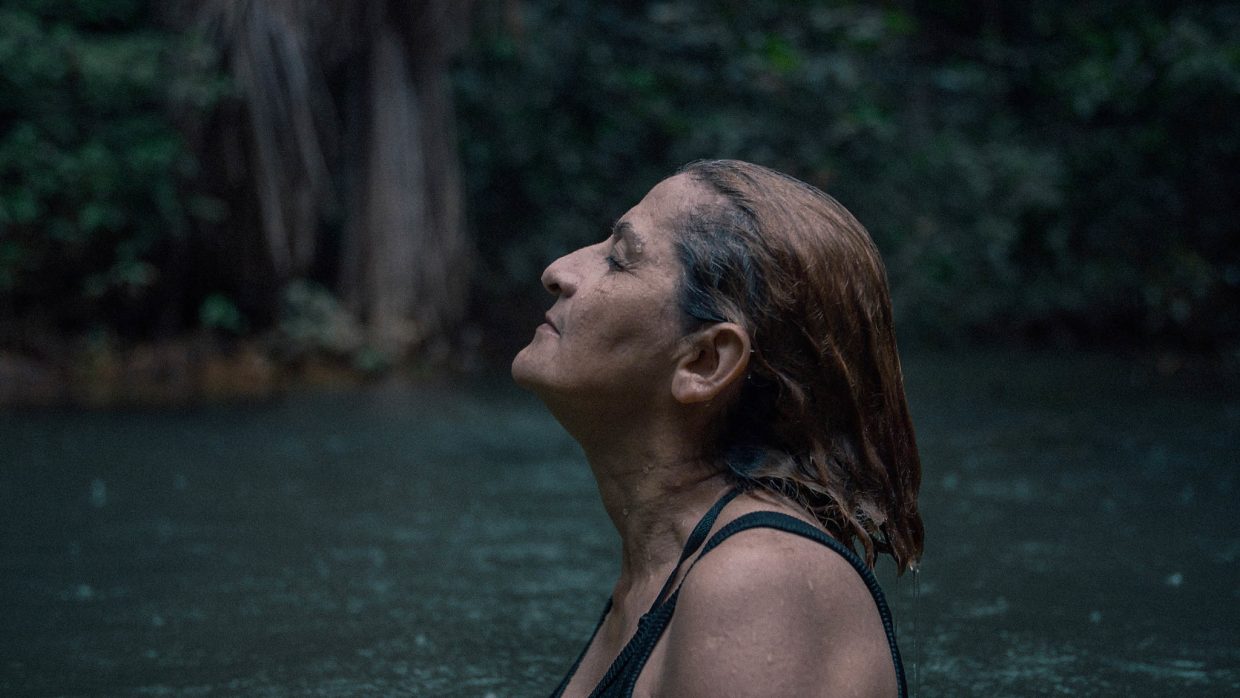Extractive industries can help communities survive in market economies in the short-term, while degrading land, autonomy, and ways of life for years to come.
At the same time, people around the world are paying for content and media from these very same places. Fallen trees, industrial crops, mined metals, and oil, are incomprable to the sights, sounds, and stories of living worlds.
This presents an alternative: ways to earn income, build autonomy, and continue ways of life, while caring for places for the long-term.
Communities across the world are showing us how.
TAWNA is an Indigenous production company in the Amazon, focused on strengthening Amazonian cultural legacies, generating a new cinema from Amazonian perspectives, and training future defenders of the Amazon and cultural creators with training and tools in the Tawna School project.
TAWNA's portfolio includes collaborations with organizations across the world, and many of their own produced films.
 Still from The Territory
Still from The TerritoryWhen the Uru-eu-wau-wau closed their land to outside film crews during COVID, they used local experiences and perspectives to produce and film material for The Territory. The film recently won Documentary of the Year at Sundance, and has been acquired by National Geographic for theatrical release and streaming.
If Not Us Then Who trains and supports Indigenous filmmakers, and connects them with commissioned jobs and opportunities from organizations and news outlets around the world. INUTW has supported communities across continents, and local filmmakers and crews often earn several times more income than they could in extractive industries.
Interested in opportunities for local filmmaking in your community, and other alternatives to extractive industries?
Reach out to these organizations, or connect with me (Sam) via phone, email, or calendar. You can also join an online chat, to connect with others interested in the possibilities of local filmmaking and alternatives to extraction.


